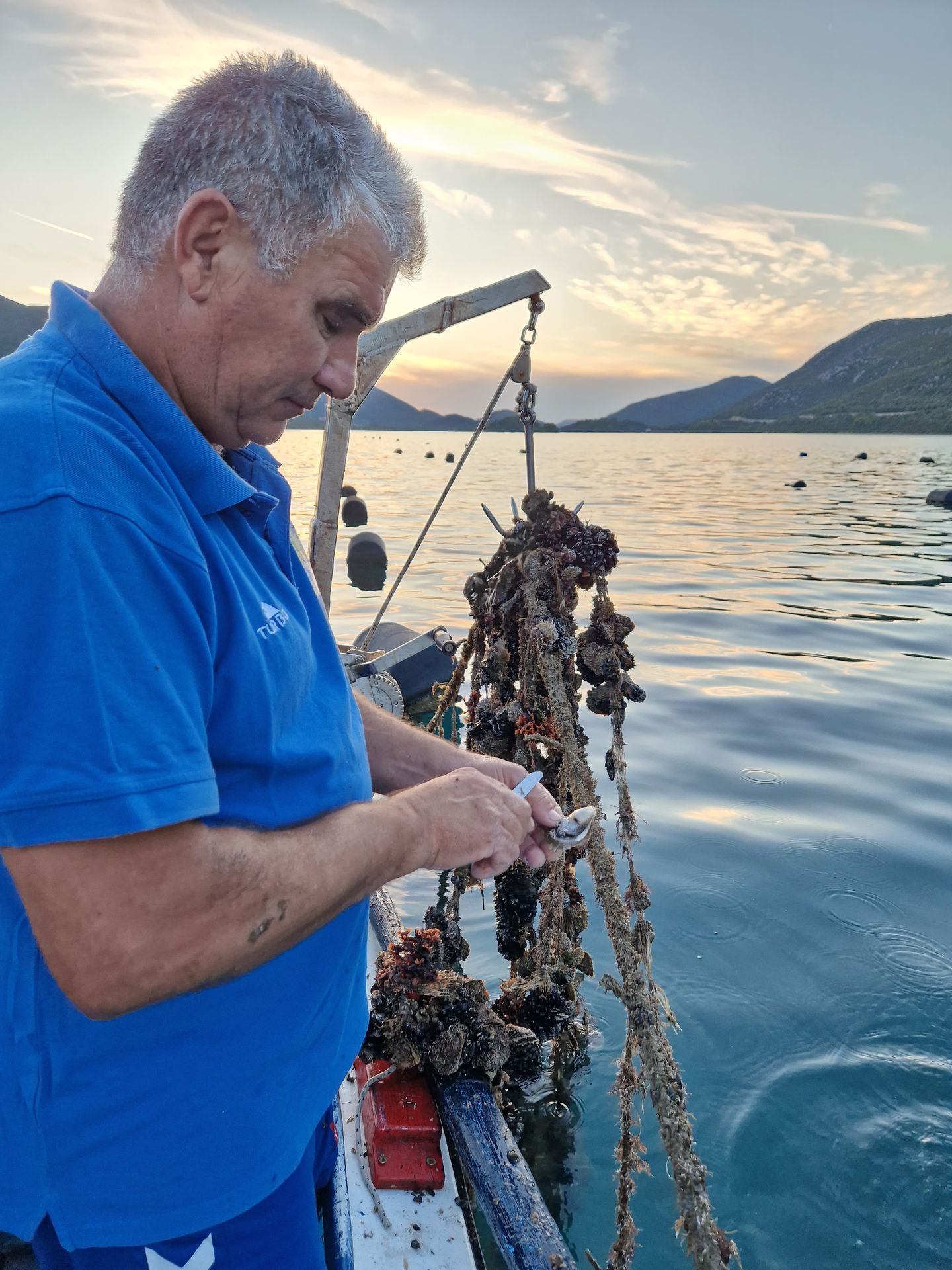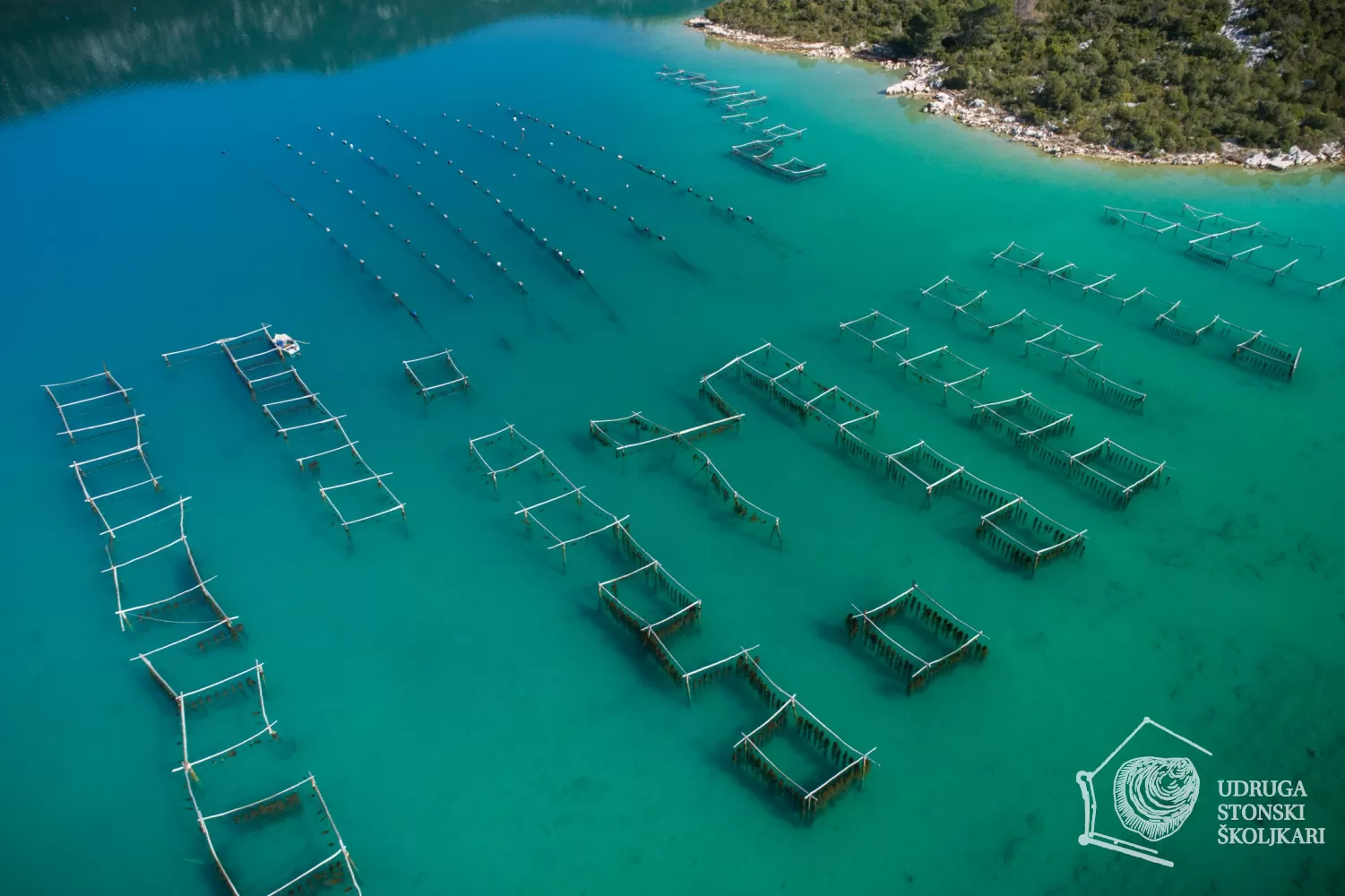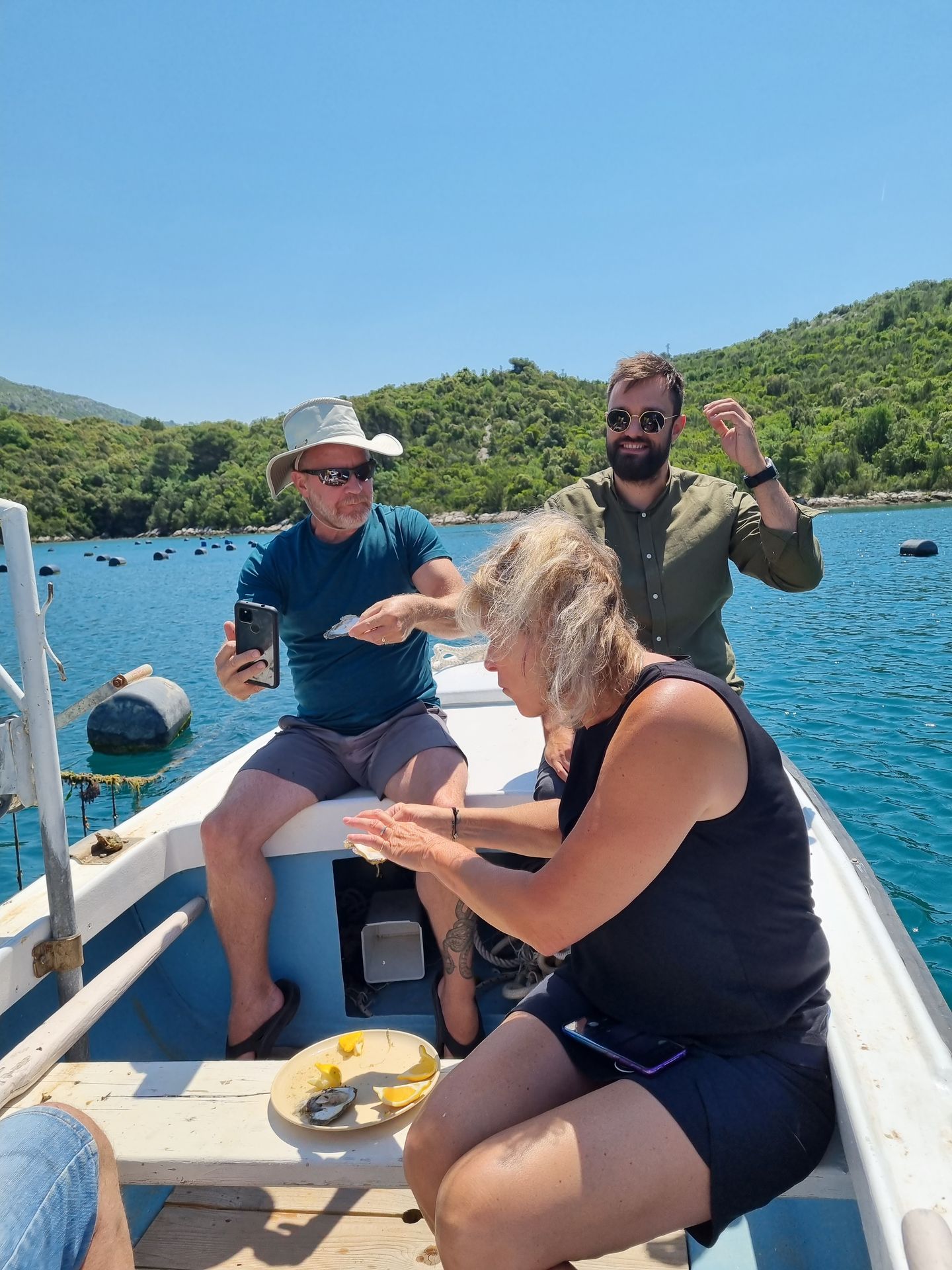These days, we are celebrating St. Joseph's Day. Besides church obligations, these days are especially interesting in a small bay in the south of Croatia. Today, we are taking you to Mali Ston Bay, 45 km north of Dubrovnik or 150 km south of Split. This small, protected bay has been home to oysters since ancient times. So, let us introduce you to the Mali Ston oyster.
Why so special?
Mali Ston oysters were enjoyed by the Romans in Narona, the Illyrians in Ošlje, Dubrovnik nobility in Dubrovnik and Ston, and even rulers and aristocracy in all parts of Europe. Mali Ston oyster is the name for the European flat oyster Ostrea edulis which eventually became known outside the Dubrovnik area.
The long tradition of oyster farming stretches from the ancient times, through the Dubrovnik Republic until the present day. The importance of Mali Ston oysters in terms of economy and gastronomy is especially noticed by the Dubrovnik Republic, which regulates the farming and sales with strict legal acts.
At the end of the 19th century, Mali Ston oysters were awarded various diplomas and were exported to European cities such as Vienna, Prague and even Paris. Shellfish experts and nutritionists who tasted Mali Ston oysters give them an advantage not only in relation to the other oysters, but also in relation to the same species from other locations. They only have words of praise for it and evaluation – the tastiest in the world. This is confirmed by a Grand Prix and Gold Medal for quality awarded at the General Trades International Exhibition in London in 1936.

What About Farming Process?
The tradition of shellfish farming in Mali Ston Bay with particular regard to oysters dates as far back as the Roman Empire (Pliny – Historiae Naturalis). The first available archive record on how to gather oysters from natural nurseries and on semi- farming in Mali Ston Bay dates from 1573. Already in 1333, the Dubrovnik Republic recognized the importance of this area, first by renting it and later by acquiring it.
Archive records from the 16th and the 17th century show that the oyster farming was already well-established and in the hands of representatives of the Dubrovnik Republic in Ston. The Rector of Ston was the only one who had the right to regulate this business. He issued concessions for those who made a commitment to farm oysters and give a certain part to the state. Parts of the bay which were used for oyster farming were divided into the plots that individuals rented. Mali Ston oysters were sold in košić (a round basket with a handle, made of young twigs from certain local bushes). Every basket had to be the same, so farmers took them to Ston for calibration. One sample basket was stored in Ston, and the other one was stored in Dubrovnik in the office for scales.
Today we are farming the oysters on the same way and you can visit our farm and enjoy the freshest oysters directly from the sea. All you need to do is – book our Pelješac tour.

Do You Have Any Superpowers?
The Romans placed oysters high on the list of valued aphrodisiacs, while Casanova, according to the legend, ate 50 raw oysters for breakfast. In the times of the Dubrovnik Republic, oysters were an irreplaceable food item at the renaissance feasts of the Dubrovnik nobility, who enjoyed and offered them to foreign envoys from all over the world. The magical properties of oysters were no secret to the Austrian emperors who often enjoyed them on their menus. Even the Emperor Franz Joseph I of Austria regularly acquired oysters from this area for his court. Oysters were transported from the farming location in Mali Ston Bay to Vienna by carriages, in special wooden crates.
However, it is interesting that oysters are rich in essential nutrient zinc, which has an important role in male and female reproductive system. Raw oysters are also rich in rare amino acids (D-aspartic acid and N-methyl-D-aspartate), which increase testosterone level.
Love is…..
Fresh Mali Ston oysters are best paired with a well-chilled traditional method (méthode champenoise) sparkling wine with brut, extra brut or brut nature label marks. Traditional method sparkling wines make a better choice than prosecco due to less residual sugar, firmer acid structure and additional umami which comes from ageing on the lees. When pairing local wines, it is best to look for light to medium structured dry white wines, with pronounced acidity and minerality. Such organoleptic qualities can be found in a local indigenous variety pošip, which makes a true local match with Mali Ston oyster. The freshness of pošip complements the saltiness of the fresh oyster, its moderate alcohols are rounded and soft for oyster’s succulent, sweet meat, while the minerality of the wine completely matches the minerality of oysters. The result of pairing pošip and Mali Ston oyster is an extremely pleasant, savory taste which is harmonious, long-lasting and unforgettable.

MALI STON OYSTER- The Queen of Oysters